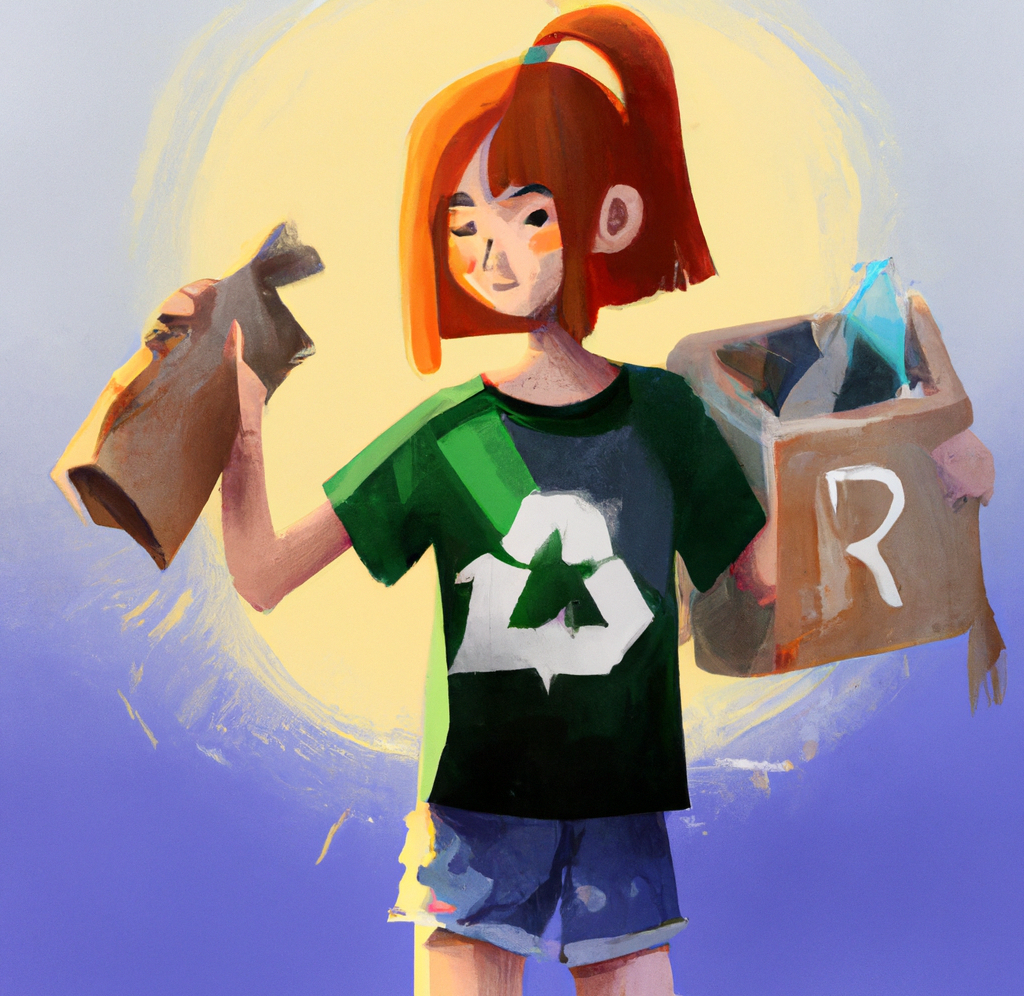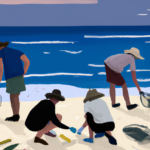The three Rs of sustainability refer to a popular waste management concept that stands for Reduce, Reuse, and Recycle. Without further ado, let’s explore them together!

The concept of the three Rs was first introduced in the ’70s to promote waste reduction and resource conservation. The idea gained popularity during the wave of the environmental movement of those years and has since become a widely recognized approach.
The three Rs of sustainability stand for
- REDUCTION OF CONSUMPTION
- REUSE WHEN POSSIBLE
- RECYCLING OF THE REMAINING
In truth, the three Rs do not have the same priority in sustainability. It is well-known that the greatest impact is related to reducing consumption, following the logic that if plastic is not produced, it will never become a problem to deal with. Following that, there is reuse, which extends the useful life of plastic, maximizing the cost-benefit balance from a Life Cycle Assessment (LCA) perspective. Finally, recycling is the last resort to revalue waste and prevent it from ending up in landfills.

The 3 Rs do not have the same importance from a sustainability perspective. The most crucial R is the first one, which is the reduction of consumption

But what does it mean in practice for plastic?
Since we are focusing on the realm of plastic in this space, let’s now delve into the meaning of each of the three Rs applied to this material.
- The first R: one of the best ways to minimize plastic pollution is, of course, to reduce the consumption of conventional plastic. This can be achieved in various ways! Firstly, by creating more durable products beyond the widespread use of disposable items, fast fashion, and planned obsolescence. To guide consumption, in addition to consumer awareness campaigns and calls for producer responsibility, governments have other tools, such as the ban on the sale of particularly harmful and polluting products. Commercial leverage can also be applied to discourage the use of conventional plastic through the introduction of specific taxes, such as the Plastic Tax. On the other hand, sustainable alternatives, perhaps completely free of plastic, can be researched and sponsored, such as metal or glass straws, reusable shopping bags, and refillable glass water bottles. Another solution could come from bioplastics, which, if biodegradable and compostable, could at least partially replace the demand for conventional plastics.
- The second R: the second R involves the actual reuse of plastic for its intended purpose, such as using plastic bags for shopping multiple times or repeatedly filling plastic containers with liquid products like detergent, shampoo, or soap. Note that PET plastic bottles for food use are disposable, and their reuse is NOT intended! There is also upcycling, which involves transforming plastic waste into useful products. For example, shopping bags can be used as garbage bags or woven into carpets or mats. Plastic bottles can be used to create outdoor furniture and more: plastic can be reused for artistic and craft projects, from jewelry to decorative items created with bottles, caps, and more. Finally, some types of plastic can be reused as construction materials.
- The third R: proper recycling of plastic waste is essential to reduce pollution from products that cannot be reused. Many stakeholders can and must cooperate: manufacturers in creating products made of easily separable and differentiable monomaterial parts; consumers in the proper disposal of waste – we have provided a guide on where to throw plastic to help you. Finally, to complete the recycling process, a supply chain must be established to make recycled waste a valuable resource. This process must be economically viable, safe, and scalable to be interesting for private operators.
This is not enough! We should also encourage businesses and governments to act, supporting and promoting broad environmental policies. It is also crucial to educate both young and old about the dangers of plastic pollution and encourage change. In fact, today we not only talk about the three Rs of sustainability, but often refer to the five Rs, or even the nine Rs! But we will explore this in more detail in a dedicated article.
Why should we care?
There are several reasons why we should be concerned about the life cycle of plastic:
- Plastic pollution is a serious environmental problem: it can take hundreds of years to break down, and much of it ends up in the world’s oceans, where it damages marine life and ecosystems.
- Plastic waste affects human health: chemicals from plastic products can leach into food and water, potentially causing health problems such as cancer, reproductive issues, and developmental problems.
- It’s a problem that affects everyone: plastic pollution is a problem that affects everyone, regardless of where you live or how much money you have; everyone is somehow impacted by plastic pollution.
- It is preventable: there are measures we can take to reduce our dependence on plastic products and minimize our impact on the environment.
Overall, the environmental issue of plastic is a critical global problem that requires urgent attention and action, and we should care because it affects our health, the health of the planet, and the well-being of future generations.
What to remember
The three Rs refer to a waste management concept that stands for Reduce, Reuse, and Recycle. Applied to the world of plastic, this means, first and foremost, reducing the consumption of plastic through bans, taxes, and the implementation of sustainable alternatives. Reuse involves the possibility of using a plastic object or packaging multiple times before it becomes waste, such as for liquid containers. Finally, recycling allows the revaluation of waste, turning it back into a resource.
Additional Information
Youtube video (external, in English) for children about the 3 Rs: here
“`


